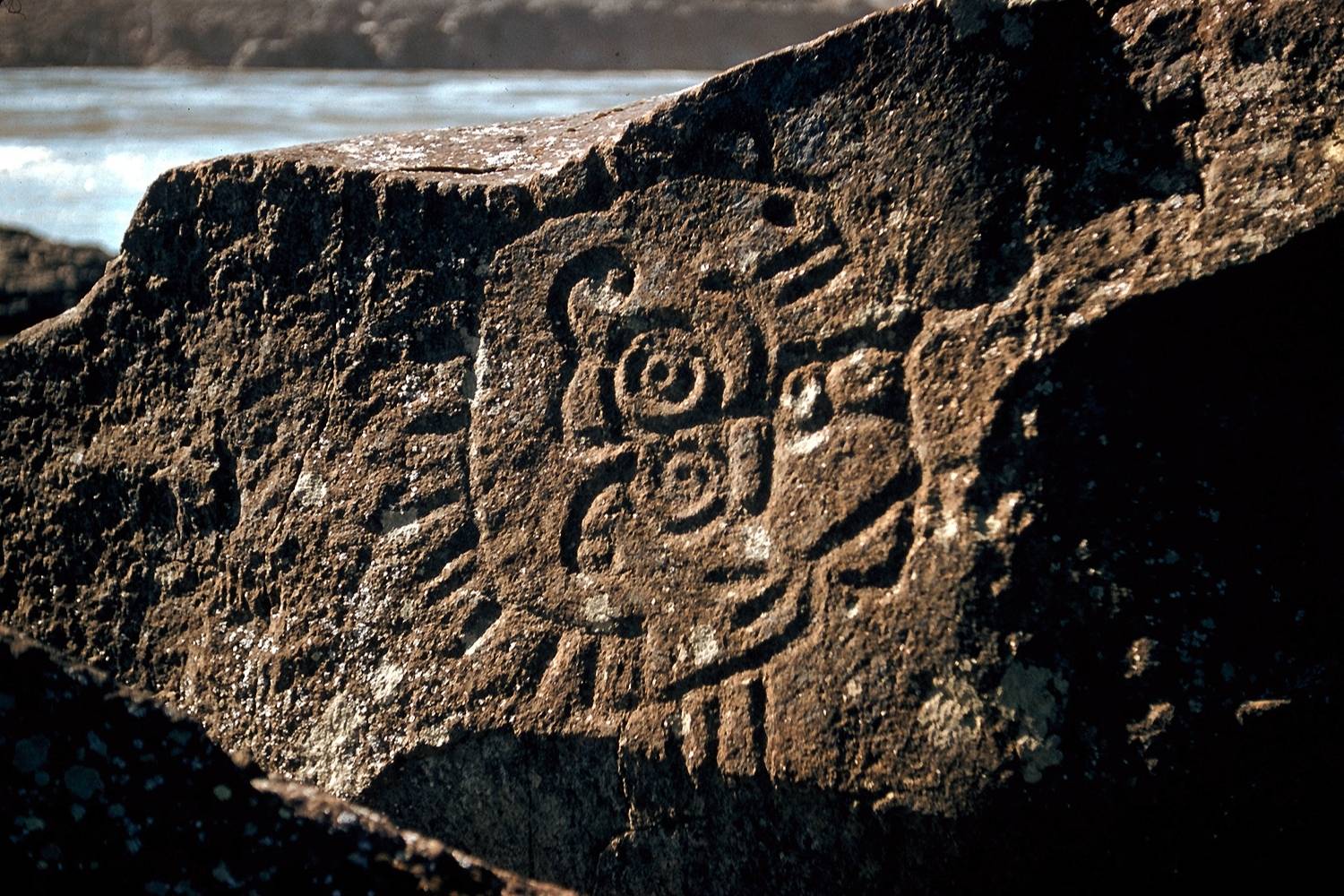Secrets Of Oregon’s Columbia River Rock Art

Have you ever wondered about the mysterious rock art along the Columbia River in Oregon? These ancient carvings and paintings, known as petroglyphs and pictographs, offer a glimpse into the lives of the Native American tribes who lived here thousands of years ago. Imagine standing before a rock face adorned with symbols and figures that tell stories of hunting, fishing, and spiritual beliefs. The Columbia River Gorge is not just a natural wonder but also a cultural treasure trove waiting to be explored. Whether you're a history buff or just curious, this guide will help you understand the significance of these ancient artworks and how to see them for yourself.
Secrets of Oregon's Columbia River Rock Art
Oregon's Columbia River Gorge is a treasure trove of ancient rock art. These petroglyphs and pictographs offer a glimpse into the lives and beliefs of the Native American tribes who once thrived in this region. Let's uncover some of the most fascinating sites where you can witness these ancient artworks.
1. Columbia Hills State Park
Columbia Hills State Park, located on the Washington side of the Columbia River, is home to several significant rock art sites. The park's most famous petroglyph, Tsagaglalal, or "She Who Watches," is a must-see.
- Tsagaglalal ("She Who Watches"): This iconic petroglyph depicts a female figure with large eyes, believed to be a guardian spirit. It's one of the most well-preserved and striking examples of rock art in the region.
- Horsethief Lake: This area within the park features numerous petroglyphs and pictographs, including images of animals, human figures, and abstract designs.
2. The Dalles
The Dalles, a city along the Columbia River, boasts several rock art sites that are easily accessible to visitors. These sites provide a fascinating look into the artistic expressions of the region's early inhabitants.
- Columbia Gorge Discovery Center: This museum offers exhibits on the history and culture of the Columbia River Gorge, including displays of rock art and information on their significance.
- Petroglyph Park: Located near The Dalles Dam, this park features a collection of petroglyphs that were relocated to protect them from flooding. The park provides interpretive signs to help visitors understand the meanings behind the carvings.
3. Celilo Village
Celilo Village, once a bustling fishing and trading center for Native American tribes, is another important site for rock art enthusiasts. The village's rock art reflects the cultural and spiritual significance of the area.
- Celilo Falls: Though the falls were submerged by the construction of The Dalles Dam, the surrounding area still contains rock art that speaks to the importance of this site for fishing and trade.
- Petroglyphs and Pictographs: The rock art in Celilo Village includes images of fish, human figures, and abstract designs, offering insights into the daily lives and spiritual beliefs of the people who lived there.
4. Rowena Crest
Rowena Crest, located along the Historic Columbia River Highway, offers stunning views of the gorge and several rock art sites. This area is perfect for a scenic drive combined with a bit of history.
- Rowena Plateau: This plateau features several petroglyphs, including images of animals and geometric patterns. The rock art here is believed to date back thousands of years.
- Tom McCall Preserve: This nature preserve, located near Rowena Crest, is home to additional rock art sites. The preserve offers hiking trails that allow visitors to explore the area's natural beauty and ancient history.
5. Memaloose Island
Memaloose Island, located in the Columbia River, was historically used as a burial ground by Native American tribes. The island's rock art provides a glimpse into the spiritual practices of the region's early inhabitants.
- Petroglyphs: The island features several petroglyphs, including images of animals and human figures. These carvings are believed to be connected to the island's use as a burial site.
- Cultural Significance: The rock art on Memaloose Island reflects the spiritual beliefs and practices of the tribes who used the island for burials. The carvings offer a unique perspective on the region's cultural history.
Embracing Oregon's Ancient Art
Oregon's Columbia River rock art offers a unique glimpse into the past. These ancient carvings and paintings tell stories of the region's first inhabitants, their beliefs, and their daily lives. Visiting these sites provides a deeper connection to the land and its history. Whether you're an avid historian or just curious, exploring these rock art sites is a rewarding experience. Remember to respect these cultural treasures by not touching or damaging them. Take only photographs and leave only footprints. By preserving these sites, we ensure future generations can also appreciate their beauty and significance. So next time you're in Oregon, take the time to visit the Columbia River rock art. You'll walk away with a greater appreciation for the rich history and culture that shaped this beautiful region.

